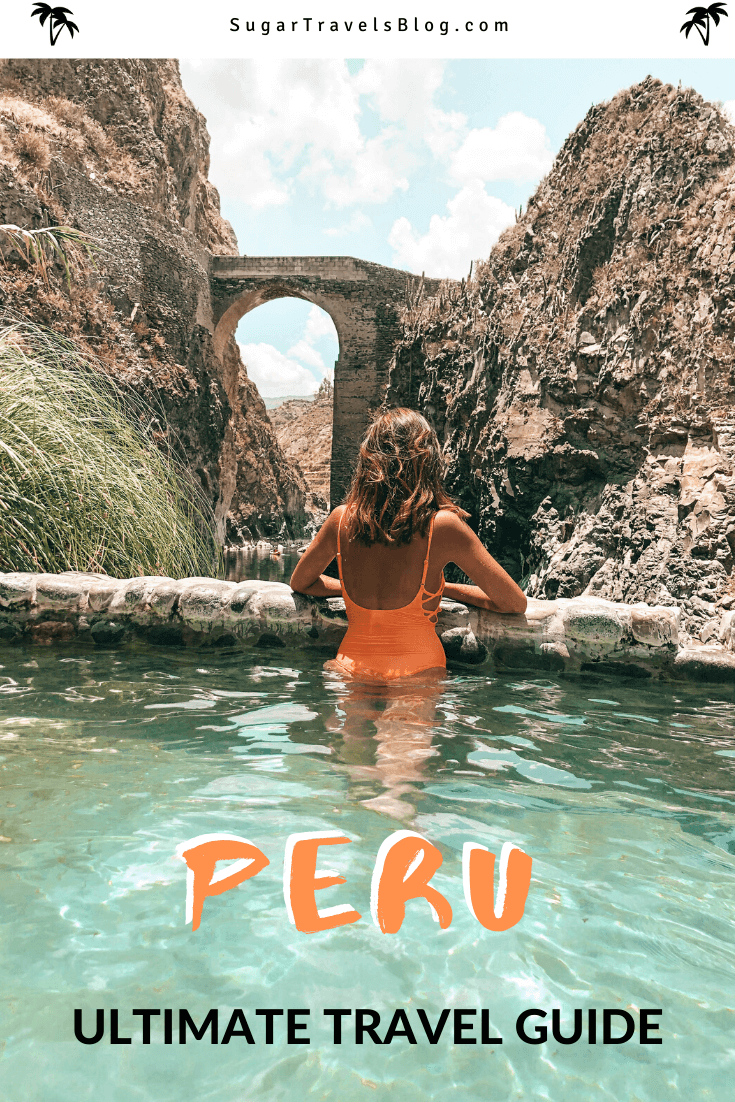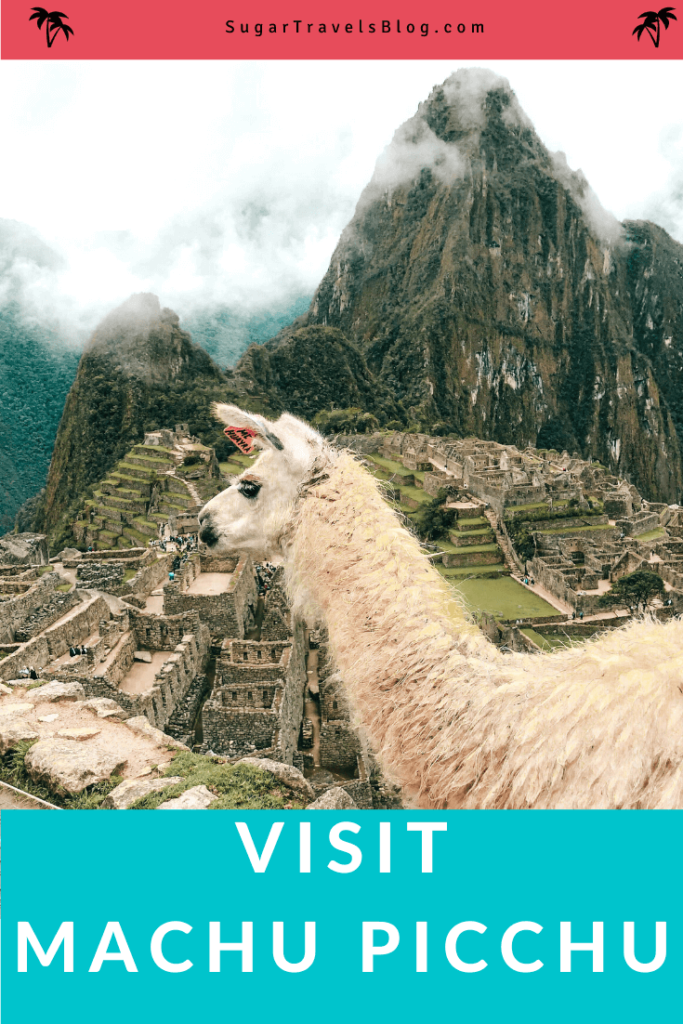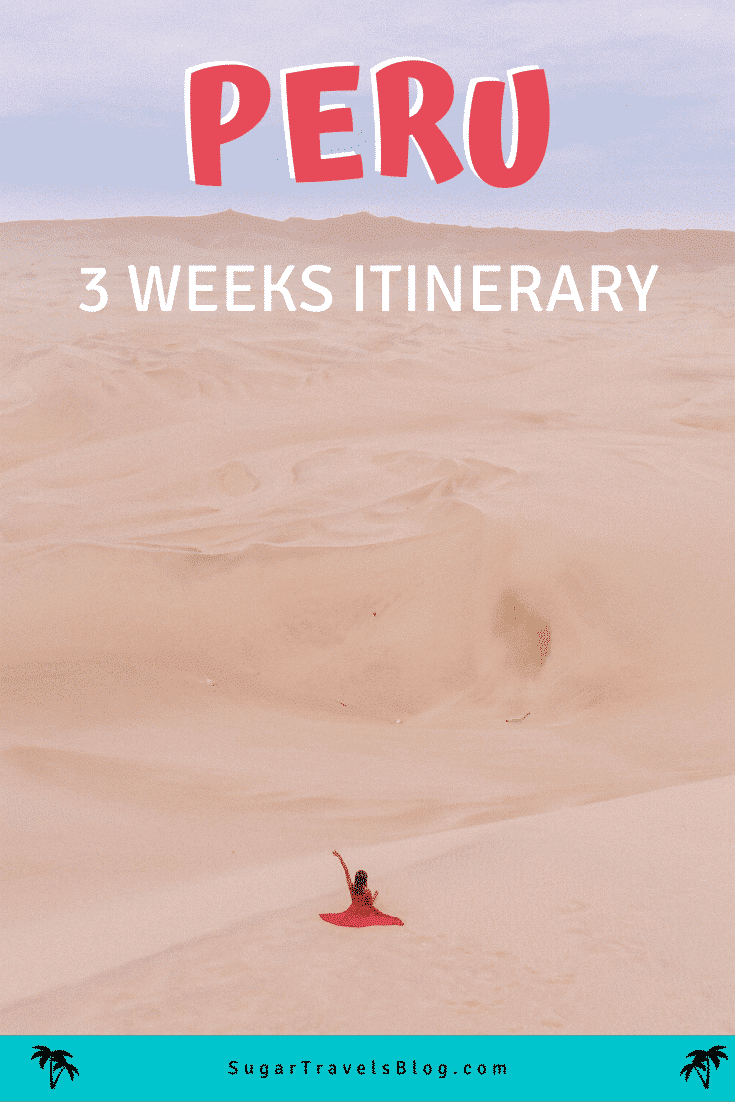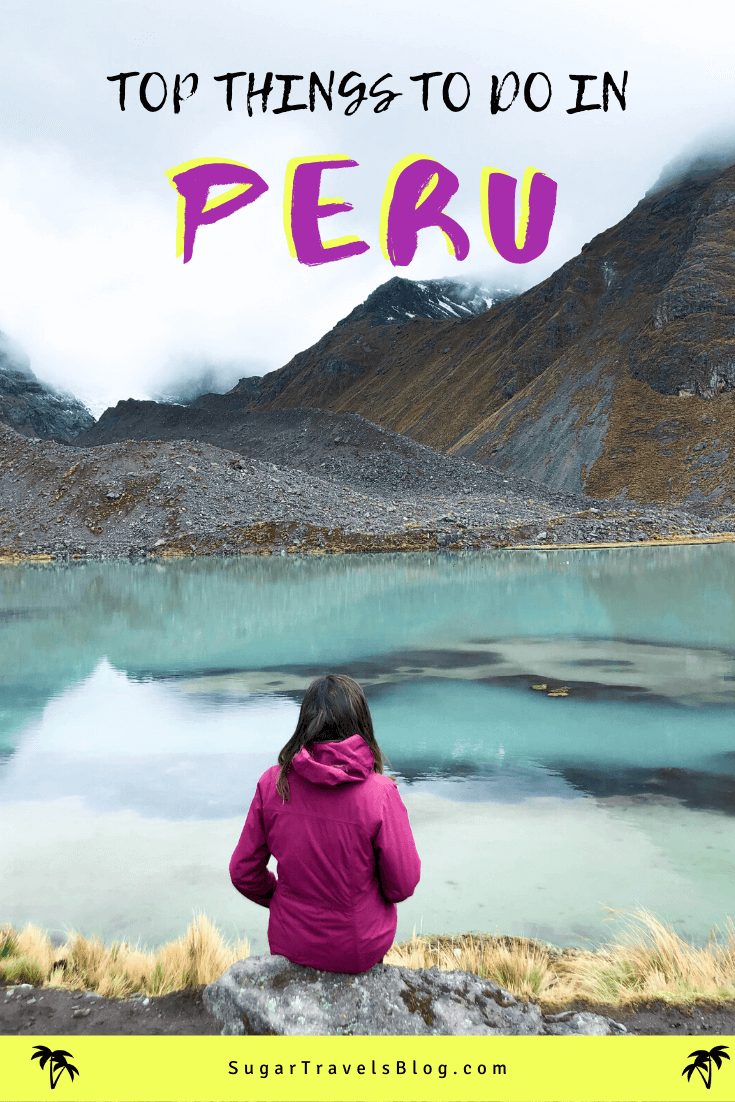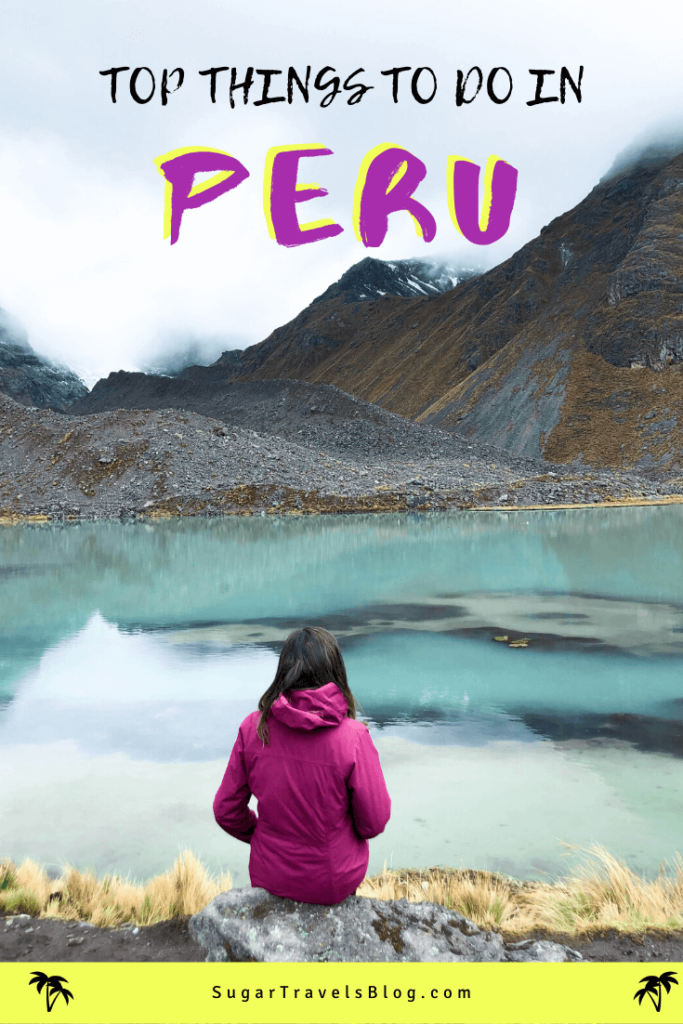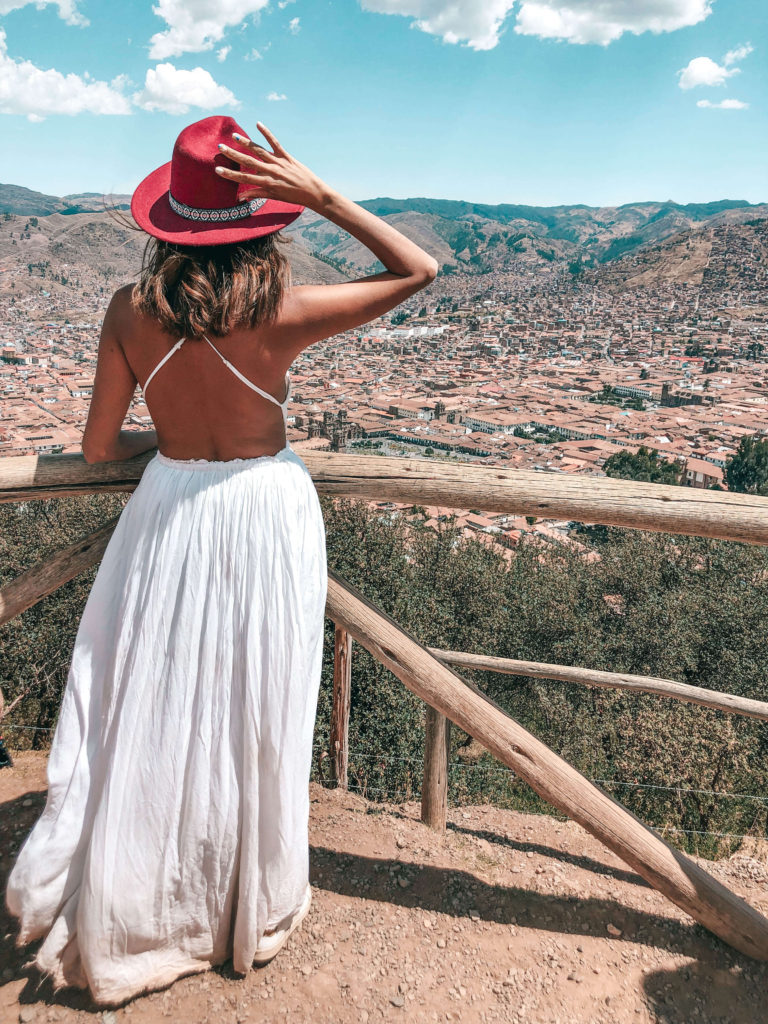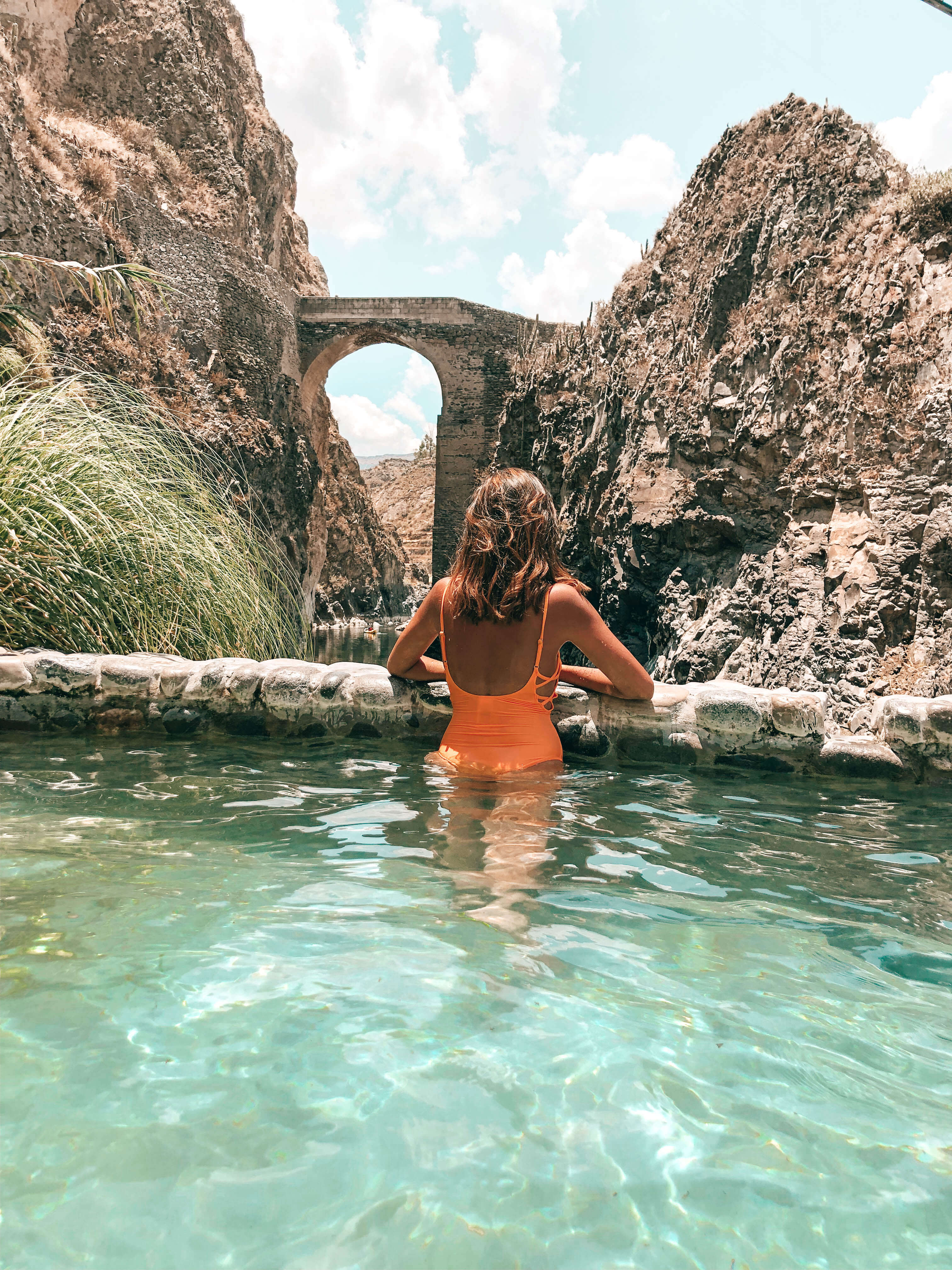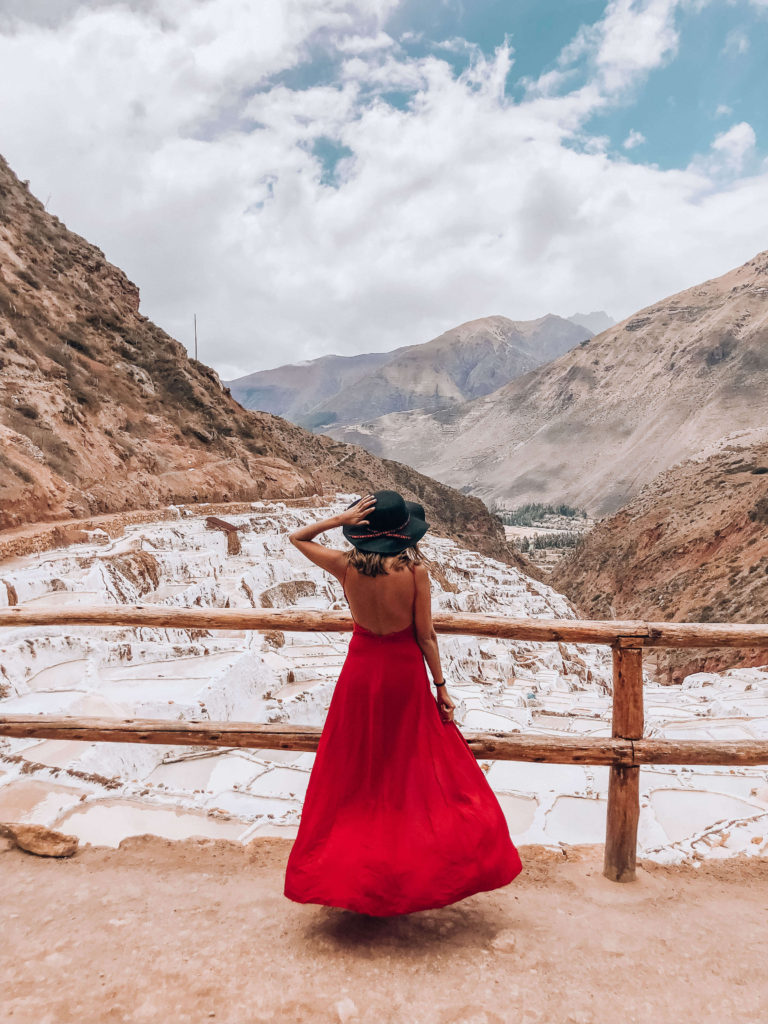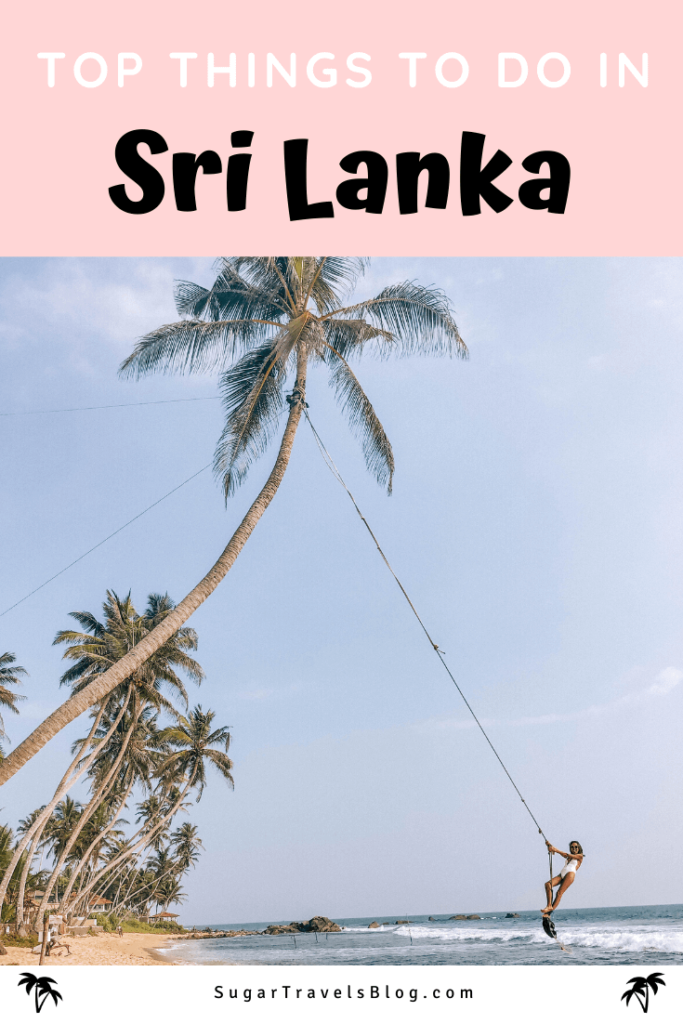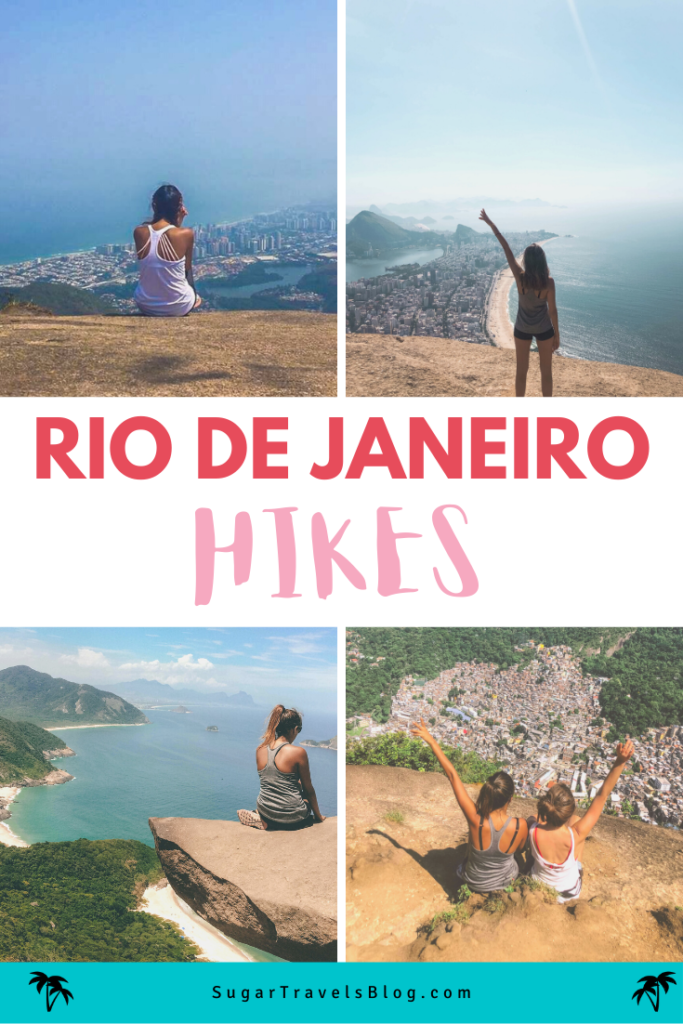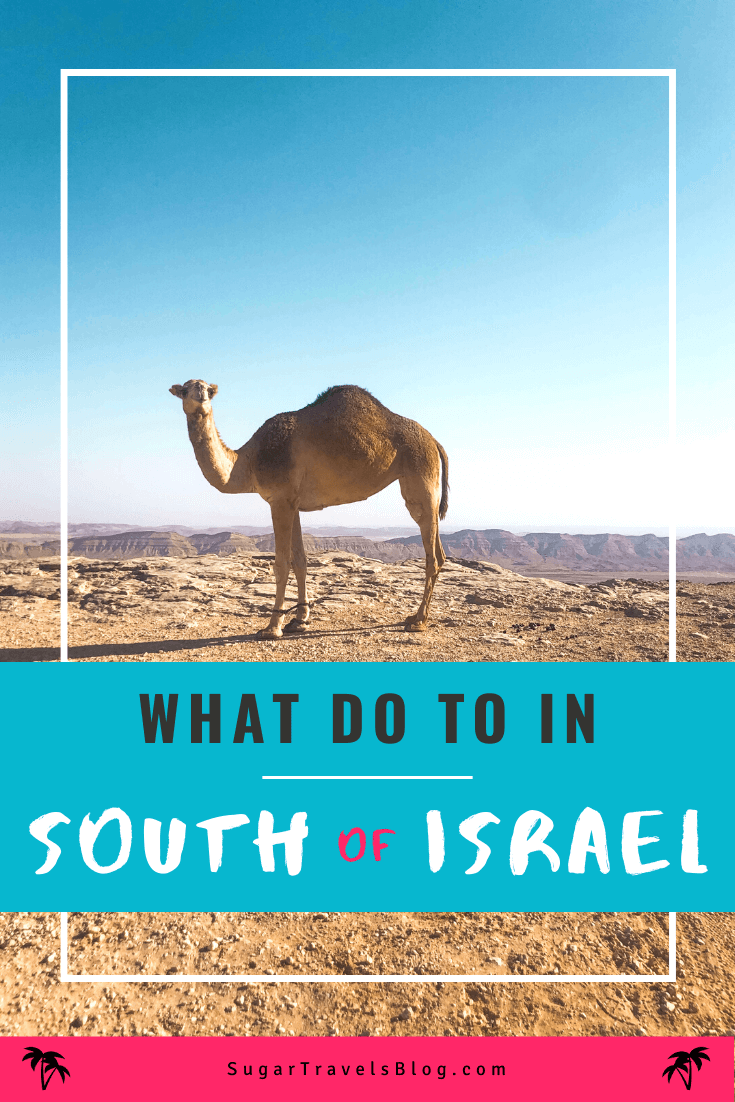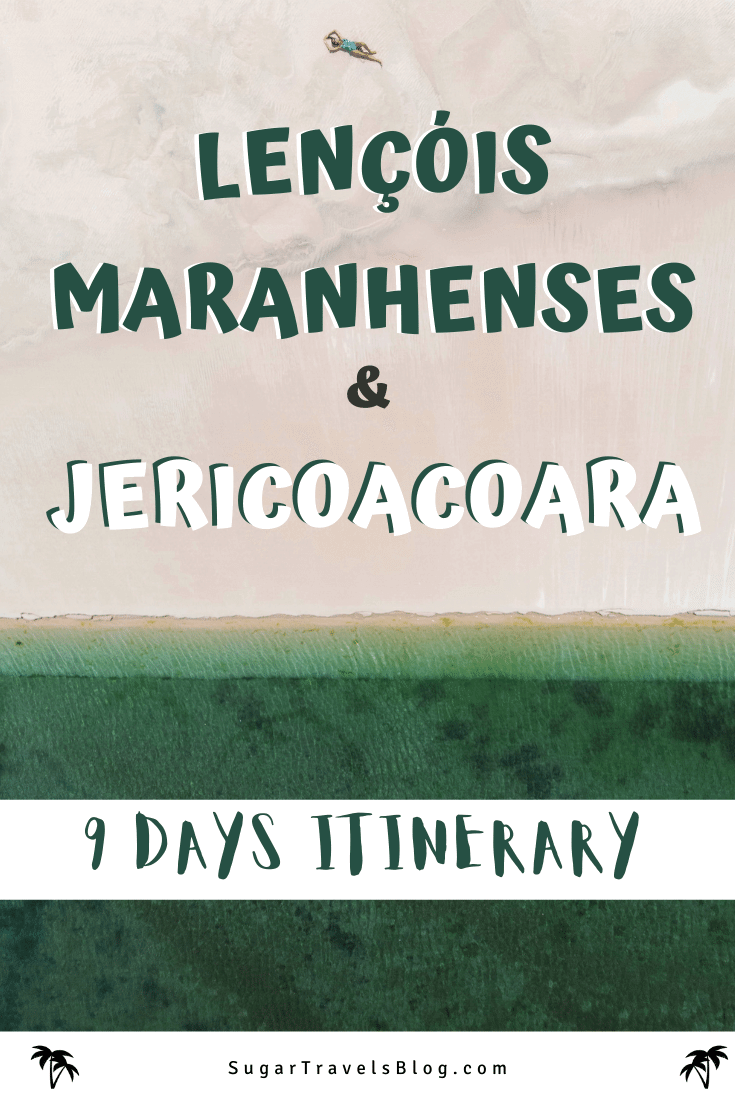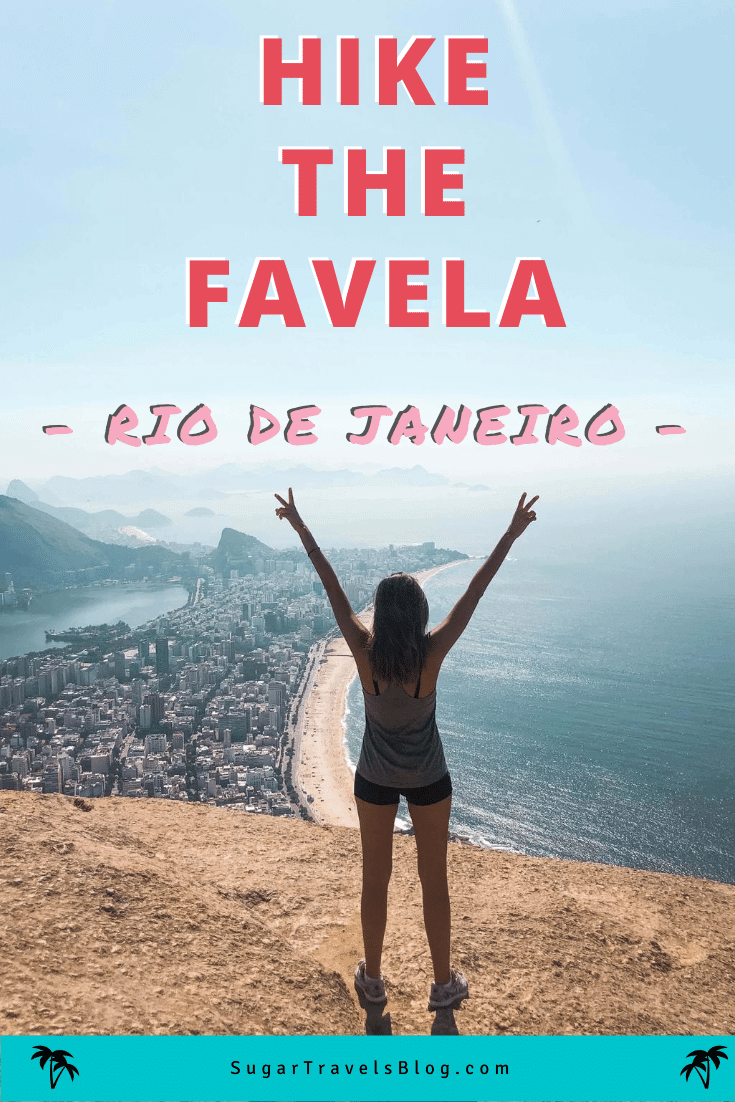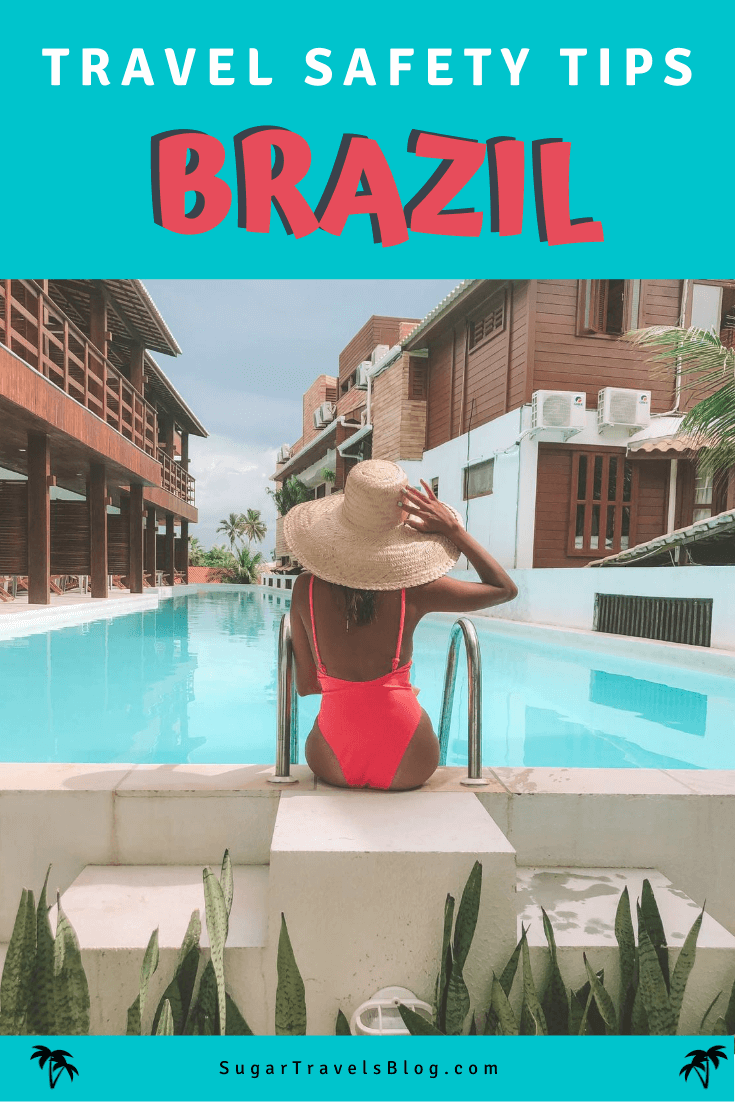Welcome to Peru!
Welcome to this unique destination in Latin America with its rich history and a variety of landscapes- beautiful lagoons, infinite dunes, and tropical jungles.
You can travel throughout Peru for one week but you might fall in love and stay there for months! The destination that travelers “get stuck” in the most is Cusco.
The cost of a trip to Peru changes according to what kind of trip you’re going for. You can travel to Peru as a backpacker and save a lot. You can stay in hostels for 30 soles a night and eat at the local markets for 5-10 soles for a big meal of rice beans and something else.
With that being said, Peru is not only a backpackers paradise and can be an amazing destination for a honeymoon (yes you heard it right), or for older ages. The costs of fine hotels are attractive as well.
How much time do you need for your tip in Peru? What’s the cost of such a trip? what are the best hostels and hotels?
The answers to these questions and more in this guide to Peru
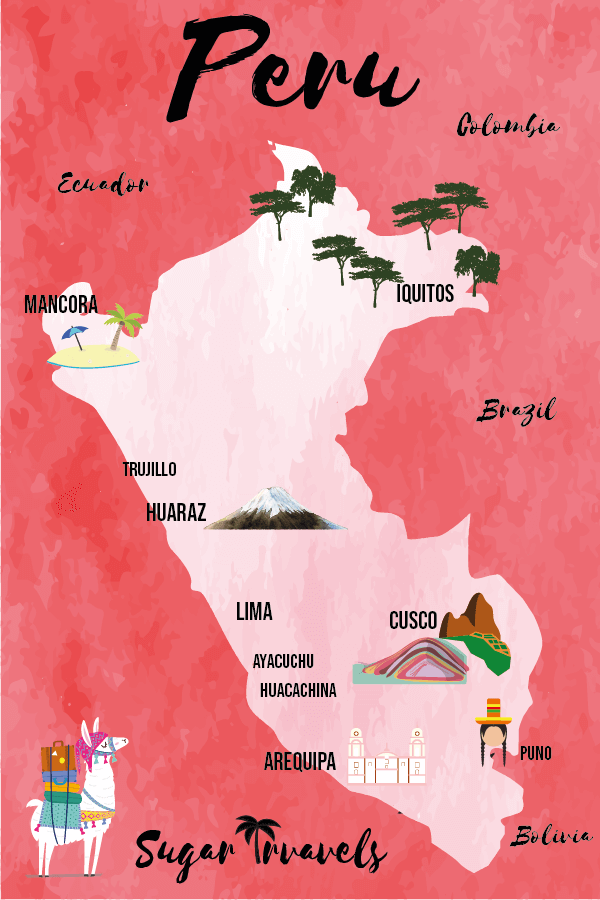
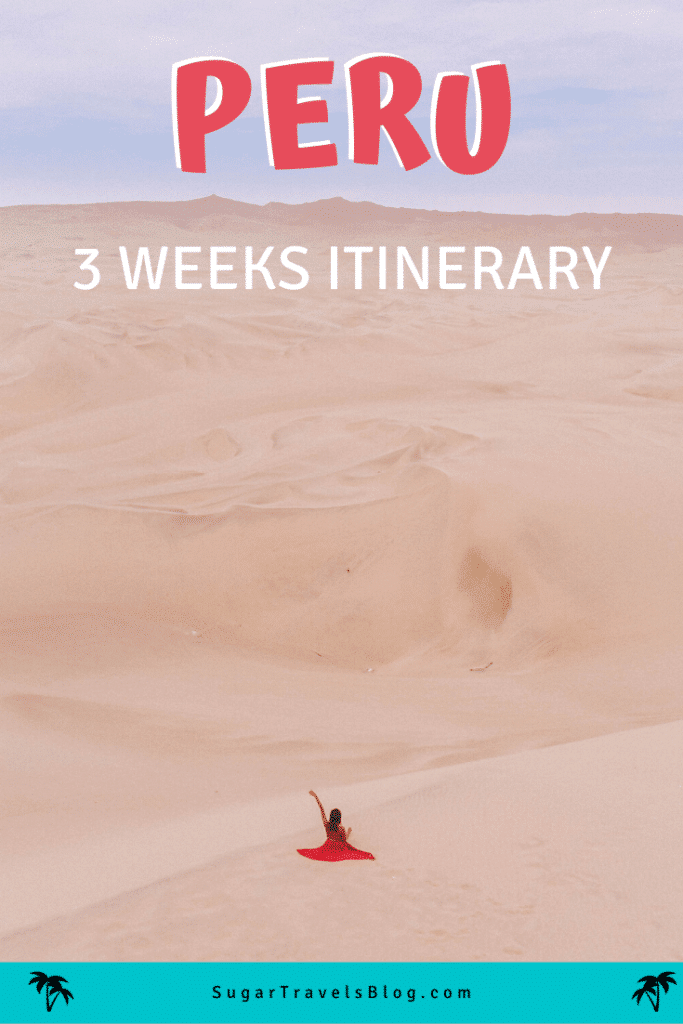
Brief History
The uniqueness of Peru was created by the combined tradition of the Inca empire that was conquered by the Spaniards. But just like in other moments in the history of Latin America, it was proven it’s not possible to conquer and vanish the Incan culture and mentality completely.
You might notice it throughout your trip. Whether in the presence of Quechua words within the Spanish you will hear in the street, in the street sights or local statues. Whether in the local costumes that were influenced by Incan rituals and believes and even in the syncretism that penetrated the catholic religion.
My recommendation- ask around as much as you can and learn about the history of Peru from local guides and that way you’ll be able to see Peru through different eyes.
The world view of the Incas was definitely a different one, whether in their beliefs or warfare. The incan cherished the sun and moon and believed in 3 dimensions in the world, each symbolized by a different animal- the snake, puma, and the condor. The Incas did not engage in battle at certain times per their beliefs in different powers of nature.
In the past, different scholars considered the world view of the Inca as one of the factors to the empire extinguishing and its conquest by the Spaniards. But their war was not only over territorial victories but a war over the legitimacy of their culture and world view.
In case they would change their costumes and fight on a specific day even though their beliefs prohibit it, it wouldn’t matter what’s the result of the physical battles was since it still meant a loss since they violated their own rules and beliefs and in reality, surrounded tho the world view of the conquistadores.
For the Spaniards conquistadores, and us westerns, this world view might seem off but only throughout attempt to understand it we can be to understand the historical evolvement of this unique destination.
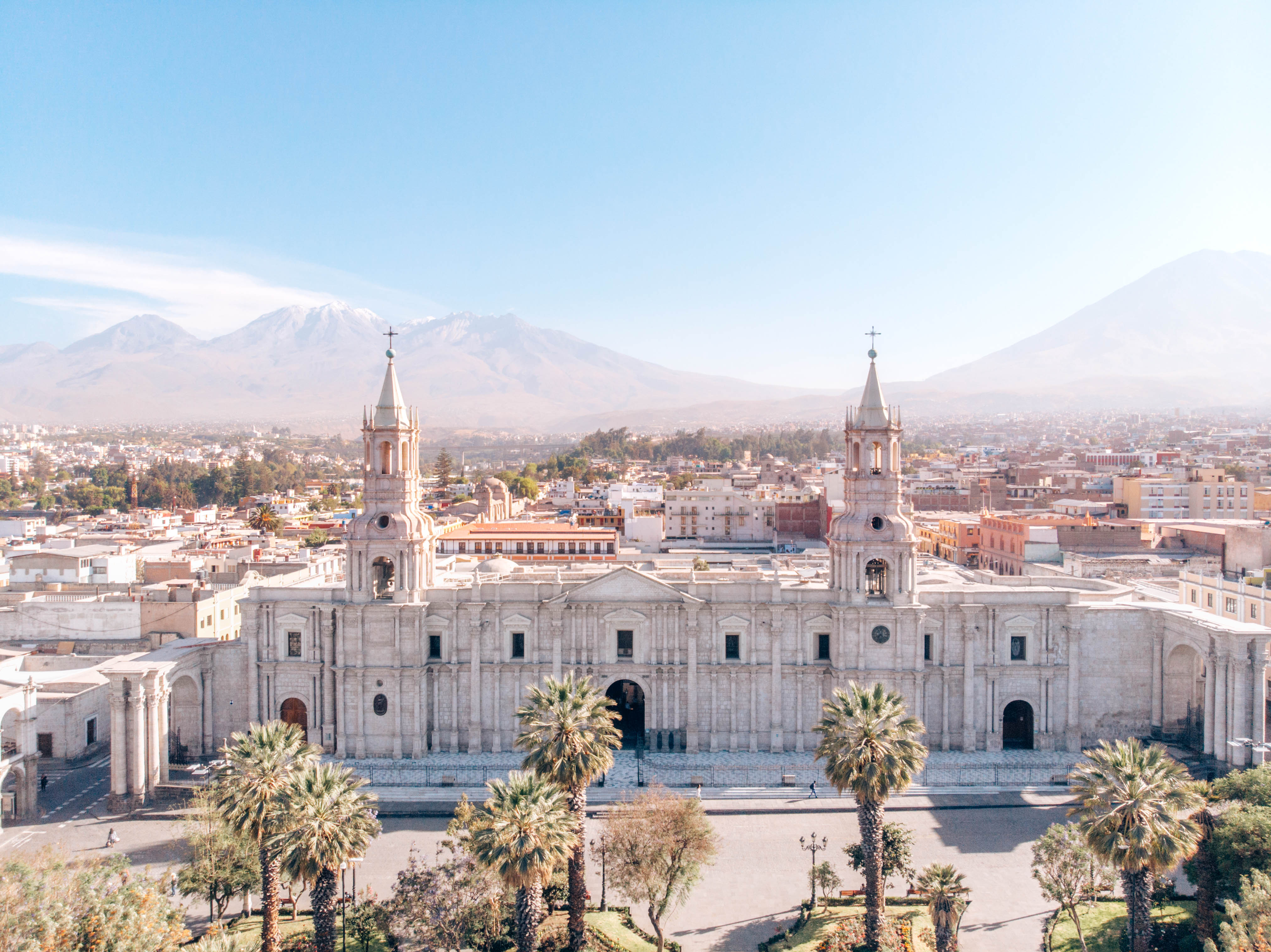
Itineraries and Destinations
Peru is a big country with many small destinations inside of it so you can travel to Peru for a week or for months.
Short itinerary:
A shorter itinerary will focus on Cusco since its the “main attraction” in Peru.
There you can take a day tour to Machu Picchu, a semi-day trip to the Sacred Valley and spend a couple of days strolling around the city between a day trip and another. If you have time you can take a night bus or a flight to Huacachina or Paracas from Lima before your flight home.
Long itineraries:
Upwards rout from Bolivia: if you’re arriving from Bolivia you can just begin your trip in Puno and go up until Cusco ( or even until Mancora).
Downward rout from Ecuador: the same route but the other way around- you can begin with Mancora, go souther through Trujillo to Huaraz, Cusco and then Arequipa and Huacachina and finish at Lima.
My rout: 3 weeks in Peru
Cusco (8 days) –> Arequipa (4 days) –> Huacachina (3 days) –> Ayacucho (2 days) –> Lima (2 days)
I arrived in Peru from Israel so I began my trip to the place where I thought I would spend the most time- Cusco. I knew it’s the city where backpackers “get stuck” in the most so I did not want to leave it to the end and risk not having enough time to explore it.
I preferred finishing with the trecks and everything I really wanted to see and take my time to get used to the hight.
It turned out to be the right call for me. You can read more about Cusco in the list of destinations below. Generally speaking, I would recommend starting in the city you think you would like the most or has the most things you want to see.
From Cusco, I went souther to Arequipa and Huacachina where I enjoyed warm weather and from there I went up through Ayacachu (where the Turquoise pools are) to Lima.
I had to skip Huaraz since traveling there was supposed to take to many hours and I wasn’t certain I could do a long treck (so I didn’t want to go all the way there for a couple of days trecks). In hindsight, I wish I had gone thee anyways.
What can you find in each destination?
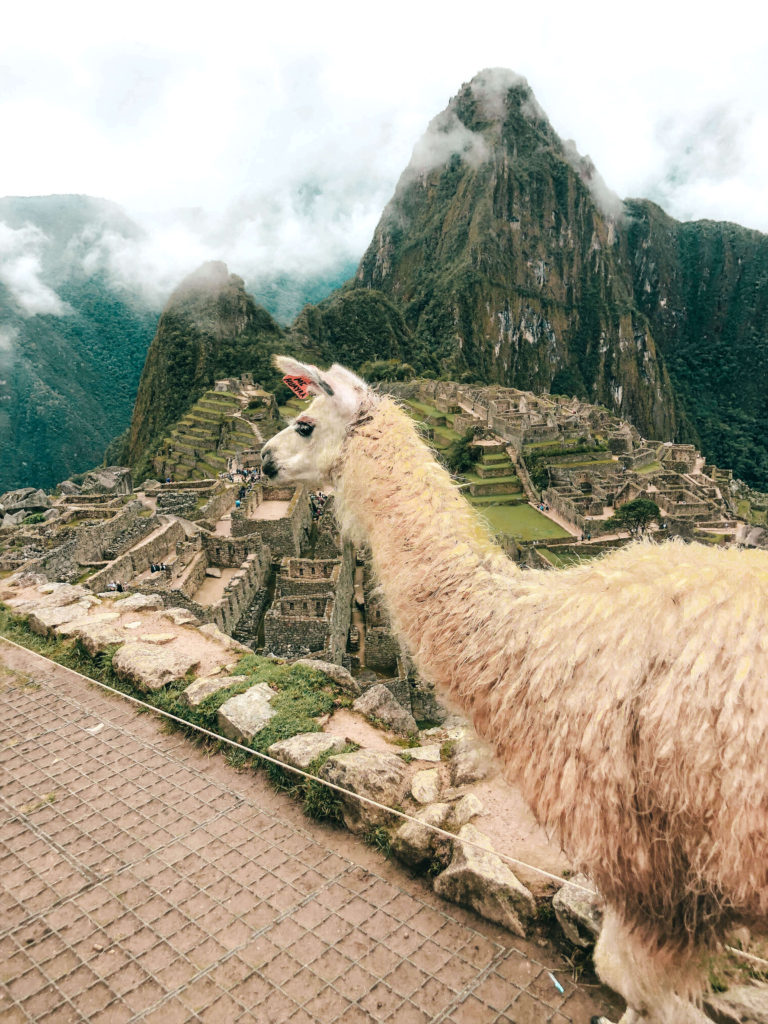
Cusco
In the former Incan city you can find long trecks like Salkantay and the Inca trail as well as day trips to Machu Picchu, the Rainbow Mountain, the Sacred Valley and more.
In between trecks you can rest, watch the city from above in several view pints, experience the local food in the different markets and more.
I would recommend dedicating at least a. week to visit Cusco if you can (especially if you plan on doing the long trecks).
You can find out why you need to spend this much time in the complete guide below.
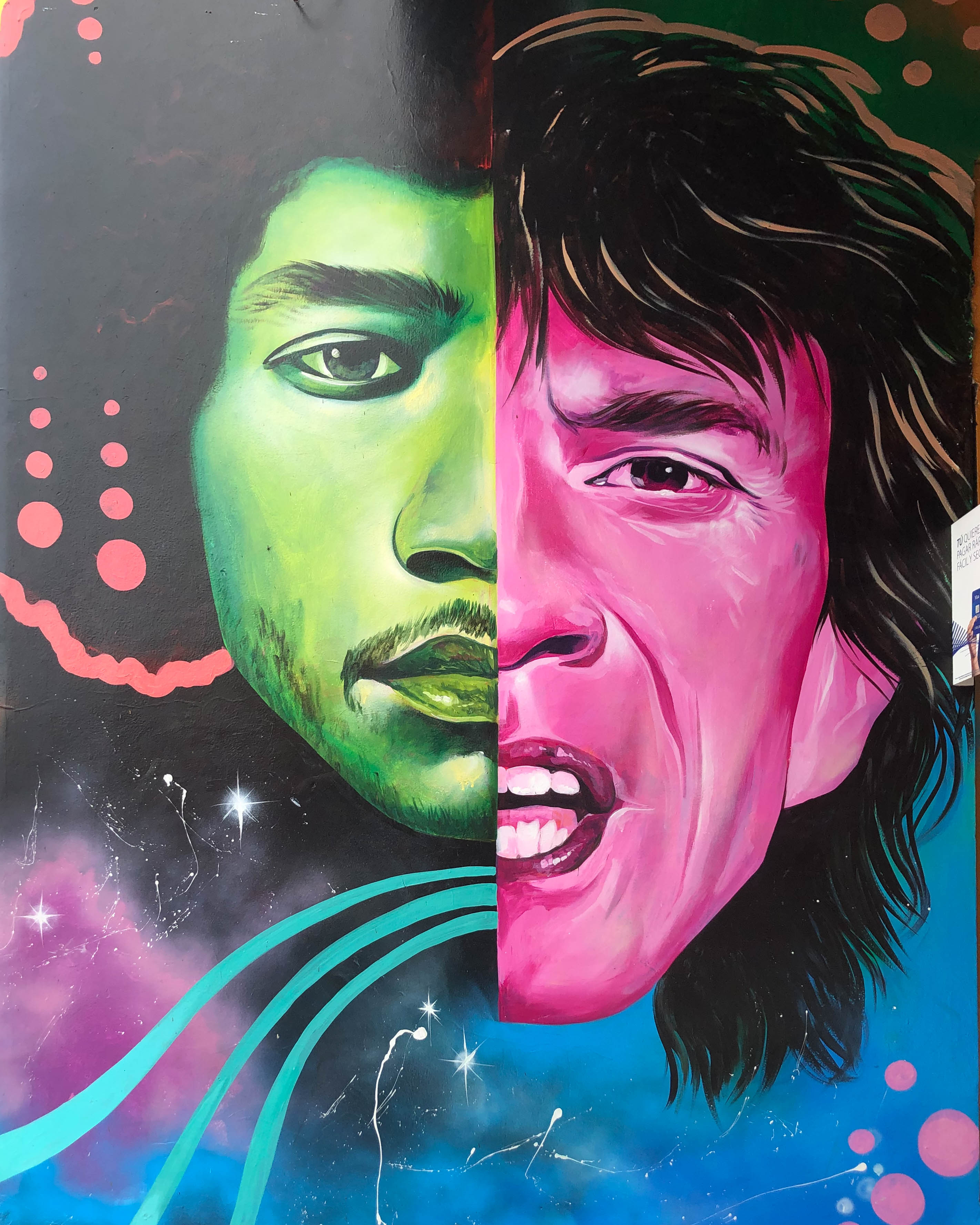
Lima
As you will see quickly you can see Lima in pretty much one day.
Still, it’s a. modern city and if you get there after visiting some remote towns you can advantage of the excellent restaurants and do some final shopping for souvenirs.
The main attractions in Lima are a tour in Barranco neighborhood in which you can find much graffiti arts, visit Parque de Amor and some more.
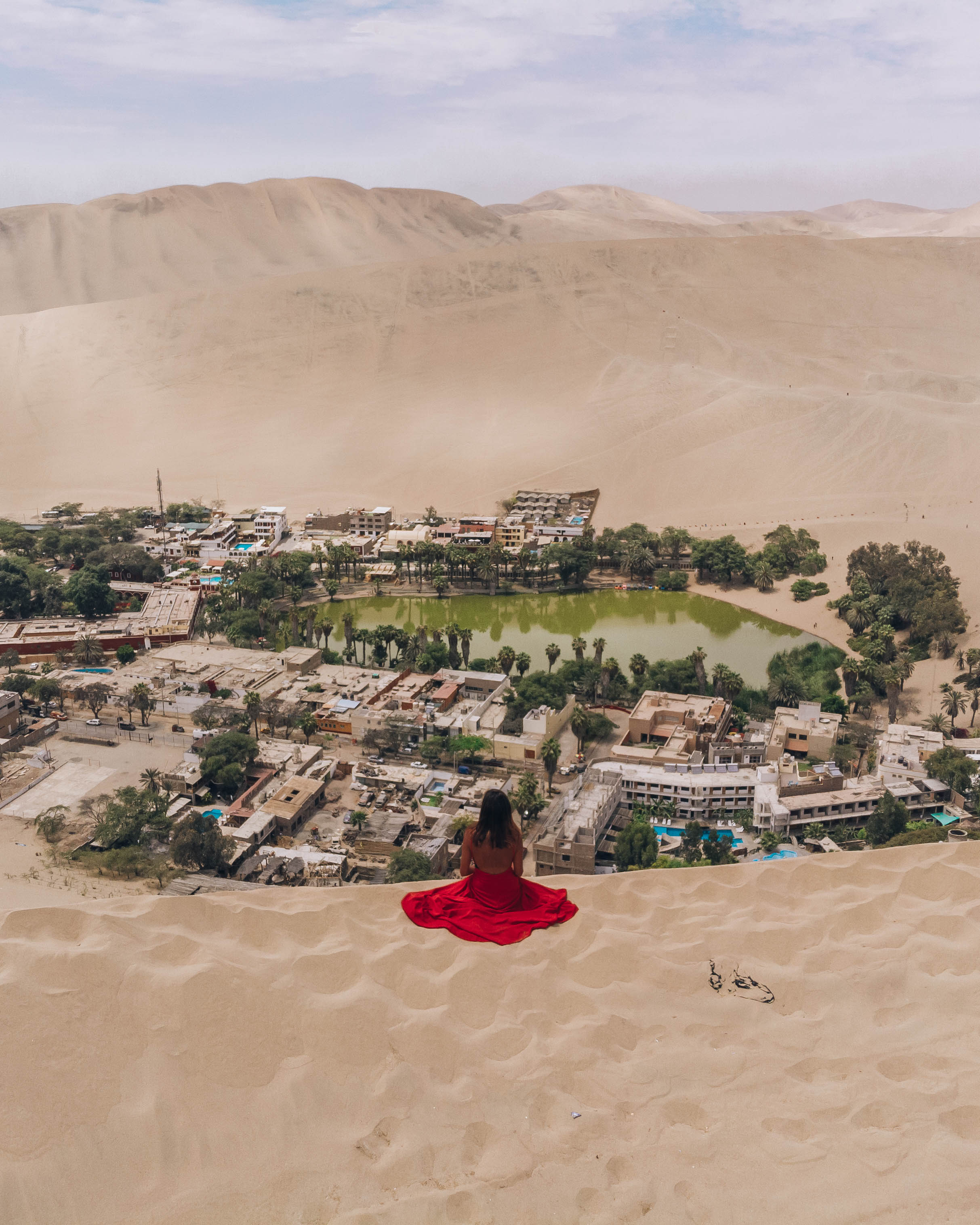
Huacachina
Huacachina is a fascination destination- a manmade oasis surrounded by infinite dunes that will remind you of the Sahara.
But besides that, there’s not much to do there so normally travelers spend there only a night or two.
The most important thing to know in regards to Huacachina is that credit cards are not accepted there and there are no ATMs.
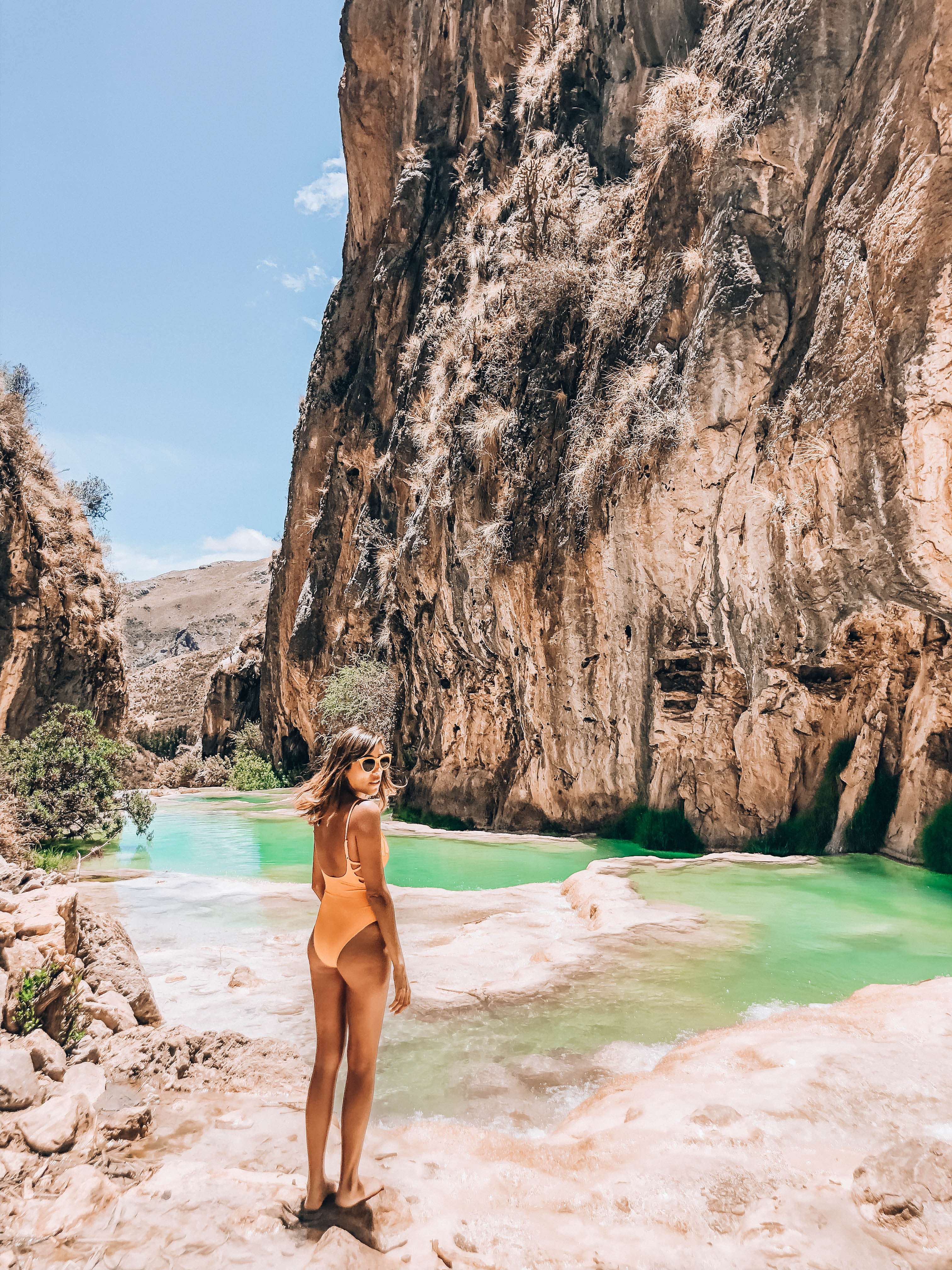
Ayacucho
The touristic industry in Ayacucho feeds off mainly of local tourists and you won’t meet many international tourists there.
If you’re getting to this town it would be probably for the Turquoise Pools of Millpu and I have much to tell you about this stunning place.
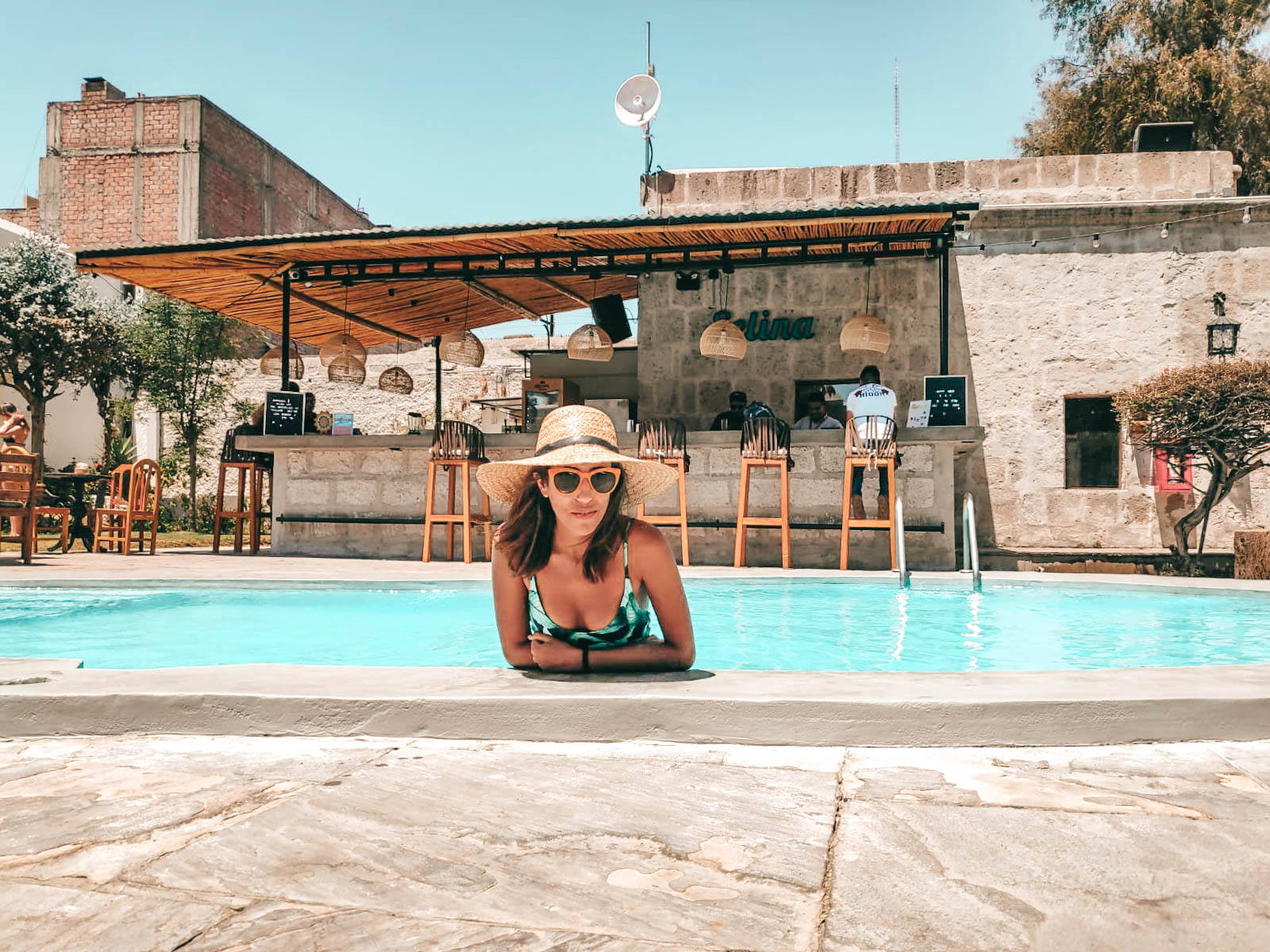
Arequipa
Arequipa, aka the white city (and no, not because of the white structures), is a cute city and the departure point to the Coca Valley trek and for condors watching.
Even though there’s not a lot to do in Arequipa but it’s the perfect place for some relaxation because of the warm weather.
In order to really enjoy your time there, I would recommend a hostel with a pool!
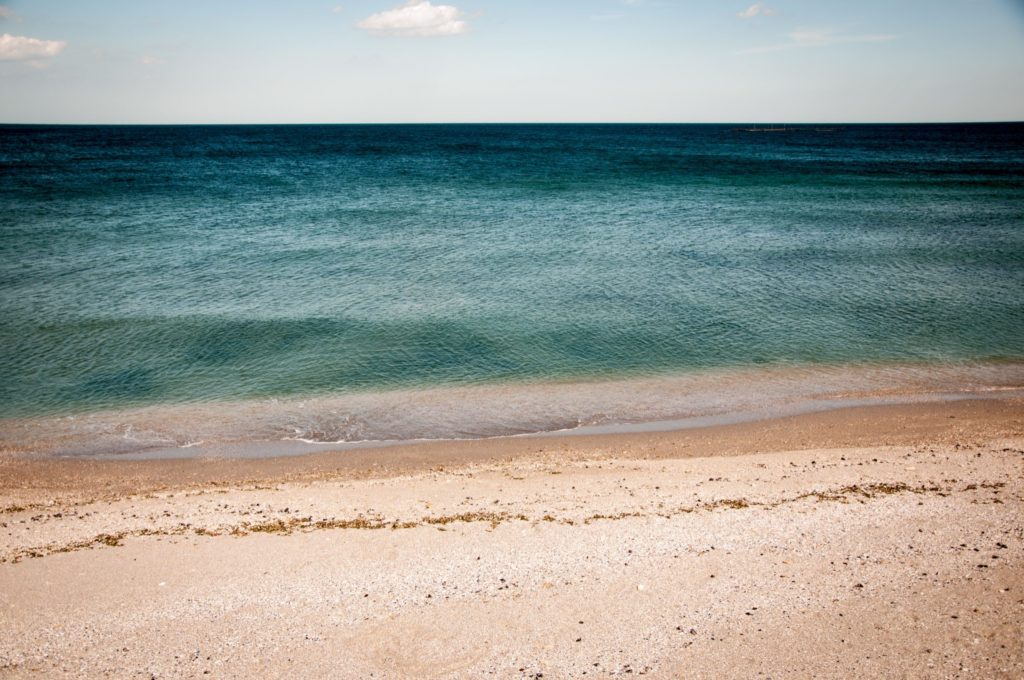
Mancora
Mancora is a beach town in northern Peru that’s perfect for some relaxation in tanning.
Apart from laying on the beach, you can enjoy some great parties on Mancora.
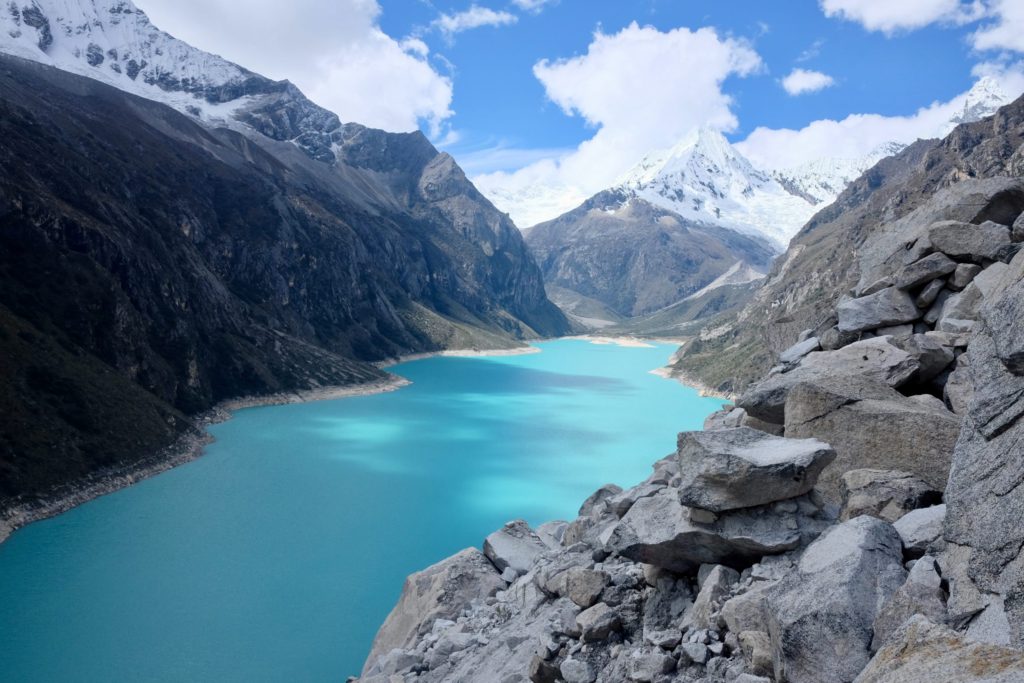
Huaraz
Huaraz is known as the trek town of Peru. From day treks to Laguna Peron and 69 and treks of about 8 days. So if trekking is one of your passions is what desire that’s the spot for you.
Take into consideration that you’ll have to get used to the height so it’s highly recommended that you arrive a couple of days before so you’ll get used to the height and prepare yourself with small treks.
In all these days these you will find extremely photogenic locations so I’ve created a whole guide of the best photo spots in Peru.
Seasons and Useful Information
When to travel to Peru?
The Dry Seasons starts in April and ends in October/November. This is the wintertime in Peru but you can feel it more in Cusco and Huaraz and less in the southern areas (like in Huacachina).
The Wet Seasons begins in November/December and ends in March. During this season many treks are closed in cities like Cusco and Huaraz.
These are months in general butttt it’s important to note that you can still travel Peru during the months before and after the dry season.
Money and ATMs
If you want to withdraw money in Peru one of the banks recommended by travelers is BCP. You can take out 700 soles at a time but can use it once again afterward. Please note that some places and agencies in Cusco receive dollars and even prefer it.
Sim Card
The most recommended company for a sim card is Claro. Note that you should buy the sim card in an authorized store and make sure before that the representative can activate it for you and explain what their service includes.
Transportation
Transportation in Peru is done mainly on night buses from one city to the other. Flights are not too expensive but in some cities, there’s no airport (like Huaraz).
Buses:
There’s a variety of bus companies but the favorite one for many backpackers is Cruz del Sur. I also used Palomino bus company that is considered a lower class (but the only one that could take me from Ica to Ayacahu), and Exclusiva bus company that’s considered upscale.
Since I arrived on a short trip (well, relatively) I chose first-class seats in all of my bust rides. The best price for value was with Cruz del Sur and Exclusiva and their 180 recliner seats.
Know this- just because you got a first-class ticket doesn’t guarantee you’ll be sleeping like babies throughout the night since the roads in Peru are really curvy and I sled from side to side in my spacious seat during many parts of the ride.
To see what each bus company has to offers in terms of seats and meals you can go into RedBus or Busbud and see details, pictures, and ratings.
Buying a bus ticker– the most recommended way is usually to b purchase your ticket at the bus terminal (in case you know when you’ll be leaving town and where you’re headed) or through an agency in town since sometimes it’s not possible to purchase tickets on the official websites of the different bus companies .
When to book a bus ticket– there’s almost always room on the bus in the lower classes a day before the ride. Now, for first-class tickets, you might be better to offer to make your purchase a couple of days or more before your trip.
changing bus tickets- in case you would like to change the date or anything else on your ticket it’s mostly possible. I just got to the bus terminal a day before and asked them to change it. Luckily the nice representative helped me out.
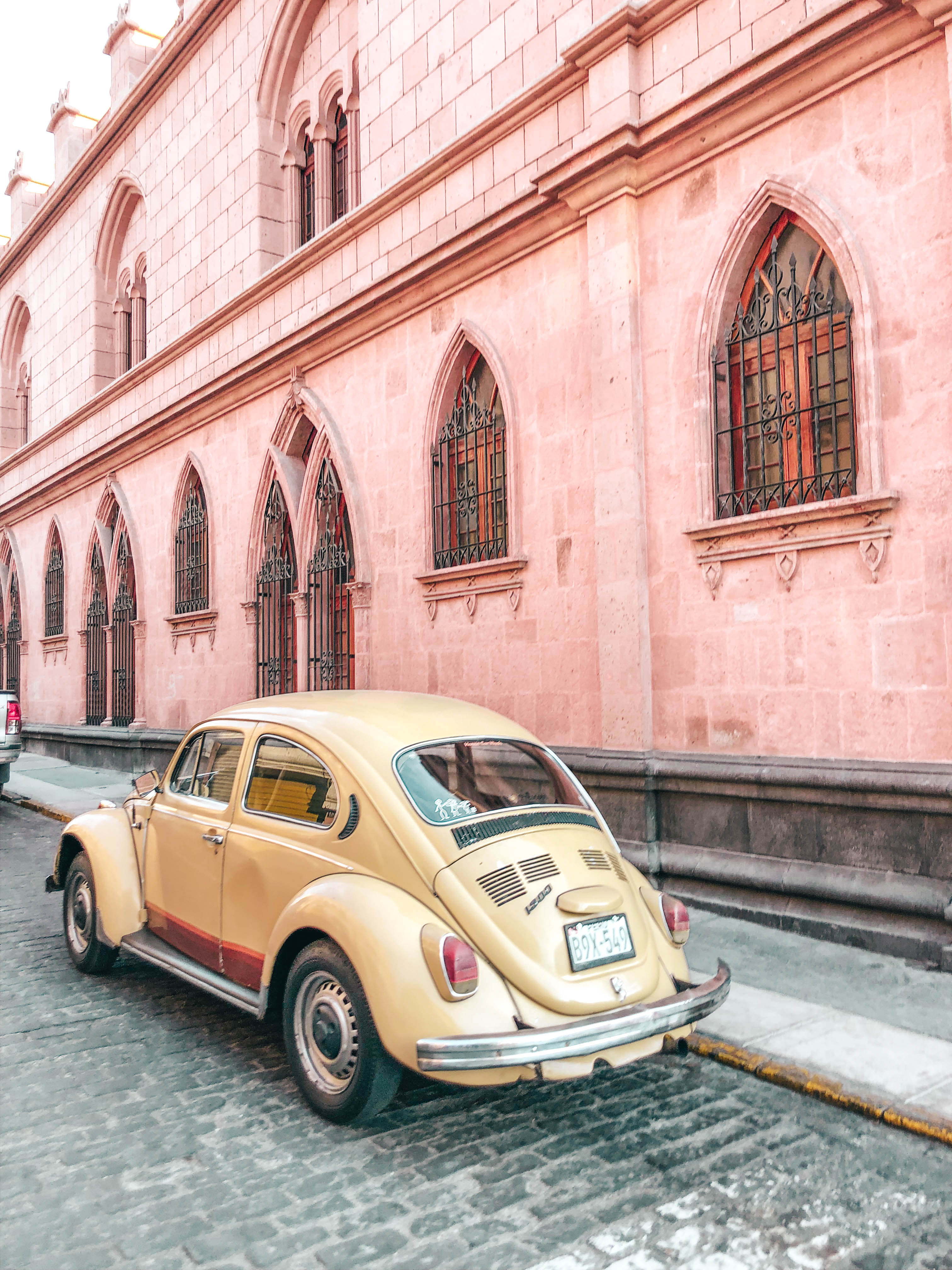
Flights
The flights in Peru are cheap and sometimes might cost as much as a bus ride! So do o not book your bus ticket before you check flight prices (don’t forget you’re going to pay extra for the luggage and the taxi ride to the airport which usually is a bit more expensive)
Common flights you can take are from Lima to Cusco since it’s about 20 hours by bus. You can also fly into Arequipa and Trujillo ( in case you want to get to Huaraz or to the north of Peru).
Transportation in the cities
To get around Cusco or other cities you can walk or take a taxi since their prices are affordable. And yes you should negotiate the price (but remember this is their livelihood so you don’t need to negotiate to death but make sure you’re not getting charged double for the ride.
I used taxies mainly when I had to go to a higher place and didn’t want to deal with the whole hight issue.
At Cusco, taxis are 5 soles across the city. You can also get an Uber for the same price.
Note that long rides in taxis or uber are super affordable so if there’s a touristic place you want to get to but don’t want to go with a group you should consider taking a taxi and that way you will have the comfort of getting there at the tie you want and stay for as long as you want.
Just as an example- a taxi ride of almost an hour to Salinas de Maras could cost you 25 soles (about 7$).
At Ica and Huacachina you should note there are also TUkTuks that charge about half the price of a taxi. In case you got stuck with no cash a tuk-tuk can take you to an ATM next to Ica for 5 soles each way.
At Lima, like in other big cities, there are more options and you can count on apps like Uber or InDriver. I took an Uberpool wherever I went and saved some money.
Accommodation in Peru

If you’re a backpackers or looking for more upscale accommodation I would recommend staying in hostels in Peru- in dorms or private rooms.
Several hostel chains are known in Peru and each has different characteristics.
You can read more about the recommended hostels and hotels in Peru here.
I was super fortunate and got to collaborate with Selina hostel chain so I visited several branches of their boutique hostels. And yes, there’s such a thing now.
What does it mean? that the chain is suitable for backpackers with their upscale dorms! But there are also private rooms and suites (in higher prices of course) that are suitable for couples or families.
In all the Selina hostels you will have great wifi reception since it also aims at digital nomads and just recognizes our need to stay connected for whichever reason.
A chain of party hostels. The Wild rover is recommended for solo travelers or for those looking to party and have fun. Notice that the rooms in this chain compared to Selina are simple dorms.
Another party hostel in Cusco is the Loki that’s located right next to the Wild Rover.
Don't forget to pin this post!
